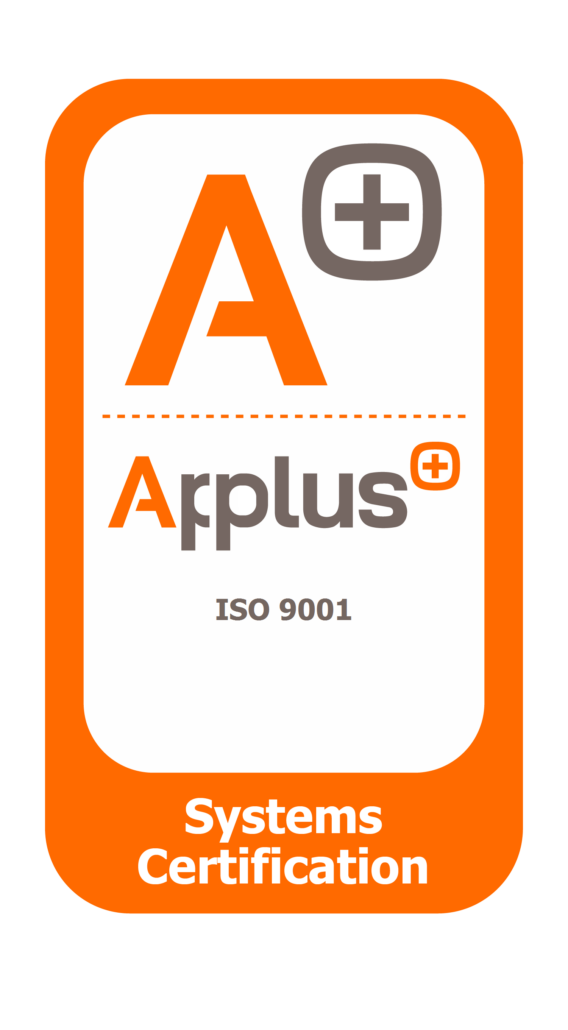The Role of Net Zero IoT in a Greener Future
Net Zero IoT is transforming how businesses approach sustainability, enabling them to track, measure, and improve their environmental impact in real-time. IoT platforms like thethings.iO allow organizations to track energy usage, emissions, and other ESG (Environment, Social, Governance) metrics in real time, transforming sustainability from theory into measurable, actionable data.
In today’s climate-conscious landscape, companies are under increasing pressure to reduce their environmental footprint. Net Zero IoT offers a strategic advantage, by integrating IoT sensors and analytics, they can make informed decisions that support carbon neutrality and long-term ESG performance.
Understanding Net Zero Goals and ESG Metrics
Net Zero goals focus on reducing Greenhouse Gas (GHG) emissions as close to zero as possible, offsetting any remaining emissions through initiatives like carbon capture and reforestation. Meanwhile, ESG metrics offer a framework to measure a company’s overall sustainability and ethical impact.
Challenges in Tracking ESG Performance
Many companies struggle with fragmented data sources, manual reporting, and inconsistent measurement standards. That’s where IoT provides a critical advantage, offering consistent, real-time environmental data that fuels automated and transparent ESG tracking.
How IoT Enables Sustainability Monitoring
IoT sensors provide real-time monitoring of energy consumption, CO₂ emissions, water usage, temperature, and other key environmental factors, giving businesses valuable data for decision-making. With thethings.iO, this data is collected in a centralized dashboard, giving businesses instant access to environmental KPIs.
Real-Time Visibility for Better Decisions
Instead of relying on periodic audits, organizations can monitor performance daily. This visibility allows teams to identify anomalies, detect inefficiencies, and apply corrective actions quickly.
Predictive Maintenance to Cut Waste
In industrial settings, predictive maintenance powered by IoT sensor data helps reduce equipment downtime, prevents energy waste and extends the lifecycle of assets. This translates into cost savings and reduced carbon emissions, both of which are crucial for Net Zero strategies.
Making ESG Commitments Measurable
With Net Zero IoT tools, businesses no longer need to rely on estimates. They can track emissions with precision, automate reports, and integrate sustainability into their operational workflows.
Examples of Measurable ESG Indicators
- Energy consumption per device, unit, or floor
- Carbon emissions per product or service
- Water usage by facility, location, or department
- Temperature control and HVAC efficiency
- Recycling and smart waste tracking
Benefits of Using IoT for ESG
- Accuracy: Real-time, sensor-based data reduces human error.
- Transparency: Dashboards can be shared across departments and stakeholders and offer real-time insights.
- Scalability: Easily replicate monitoring across multiple sites or facilities.
- Compliance: Prepare for increasingly strict environmental regulations.
How thethings.iO Supports ESG and Net Zero Initiatives
As an end-to-end IoT platform, thethings.iO empowers businesses to create, deploy, and scale intelligent sustainability solutions. With customizable dashboards, clients can monitor emissions, optimize resource use, and track ESG targets, all under their own URL and brand identity.
Use Cases Enabled by thethings.iO
- Smart Cities: Monitor air quality, lighting efficiency, and water systems.
- Industry 4.0: Track energy used by machinery and reduce idle time.
- Smart Buildings: Measure energy and HVAC consumption to improve building performance.
- Smart Waste: Use sensors to optimize waste collection and reduce landfill impact.
Conclusion: Smarter Data for a Greener Future
Transitioning to Net Zero doesn’t have to be overwhelming. By leveraging IoT tools like thethings.iO, organizations can move from vague sustainability goals to real, measurable progress. The key lies in transforming raw environmental data into actionable intelligence, and that starts with connected technology.


